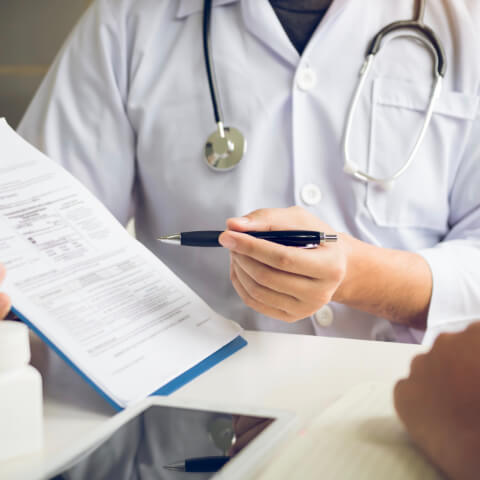Getting your health back can be a challenge, but the process doesn't have to be. We've put together the following resources for your convenience and assurance. Please don't hesitate to contact us with questions – we're here for you!

Please arrive 15 minutes before your appointment to complete paperwork if you're not able to access our online registration. If you have any questions feel free to email or call us. We are here to help.
Please bring copies of all imaging studies (CDS) or ask us about other ways to view your studies prior to your appointment.
Please read our welcome sheet, FAQ, and new patient forms and register online using the top left button.
Attire: Please wear loose clothing and bring a pair of shorts.
Duration: Your initial visit will be approximately 60 minutes. Please allow time to complete paperwork and discuss your treatment plan.
Payment is due at the time of service. We accept cash, check, or credit card. You may also pay securely online here.
For more information on specific treatments, please refer to our TREATMENT page.
To register as a new patient, simply click here.
Dr. Arnold Caplan, the scientist who discovered mesenchymal stem cells, has recently told the cell therapy community (Dr. Adams was at that conference when this occurred) that they are more properly called signaling cells (Dr. Caplan actually recommended the term “Medicinal Signaling Cells”), because they produce compounds that signal other cells to heal and limit inflammation.
Case Studies go here...
Biologics literature goes here...
References & Partner Clinics go here...